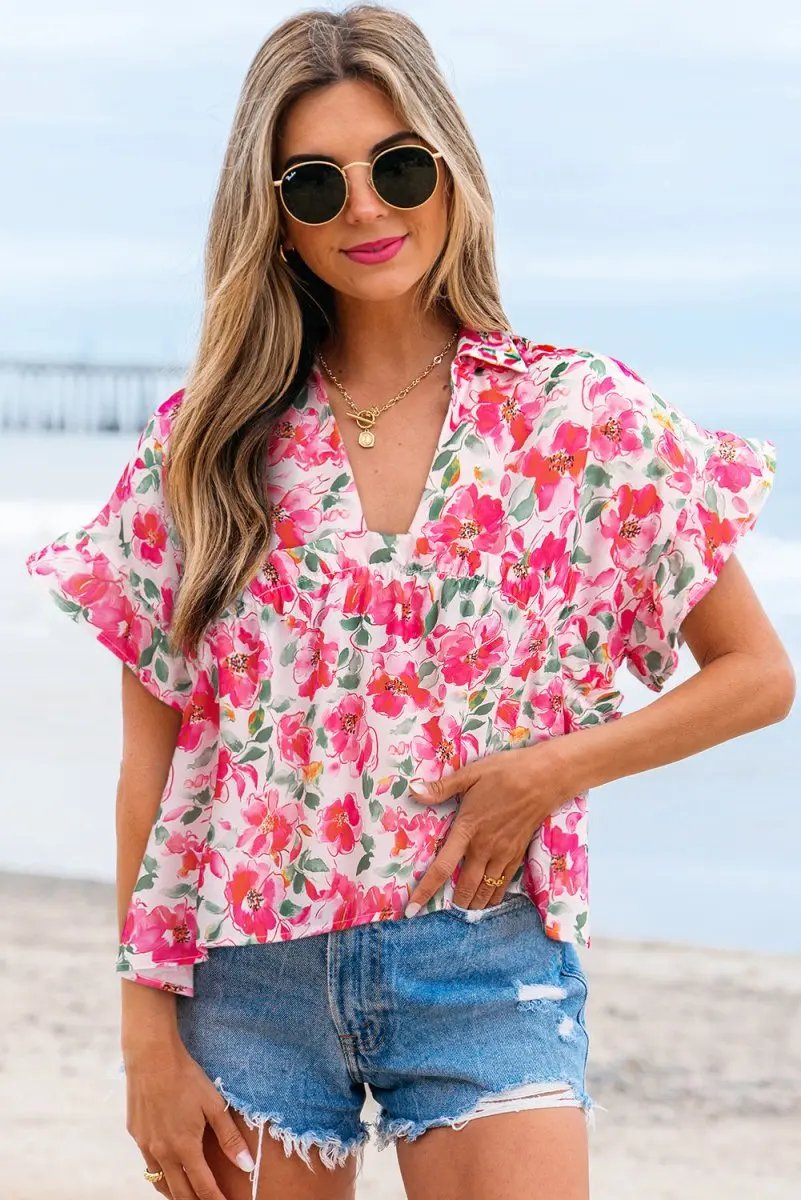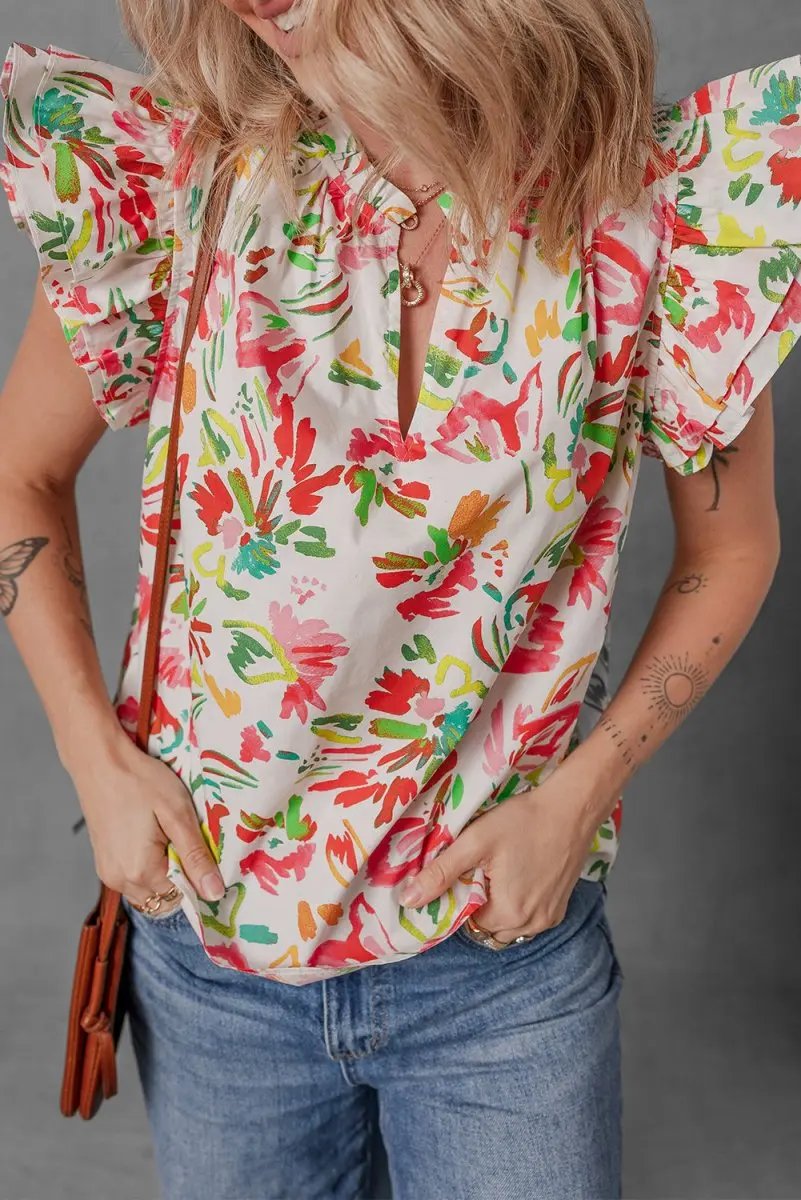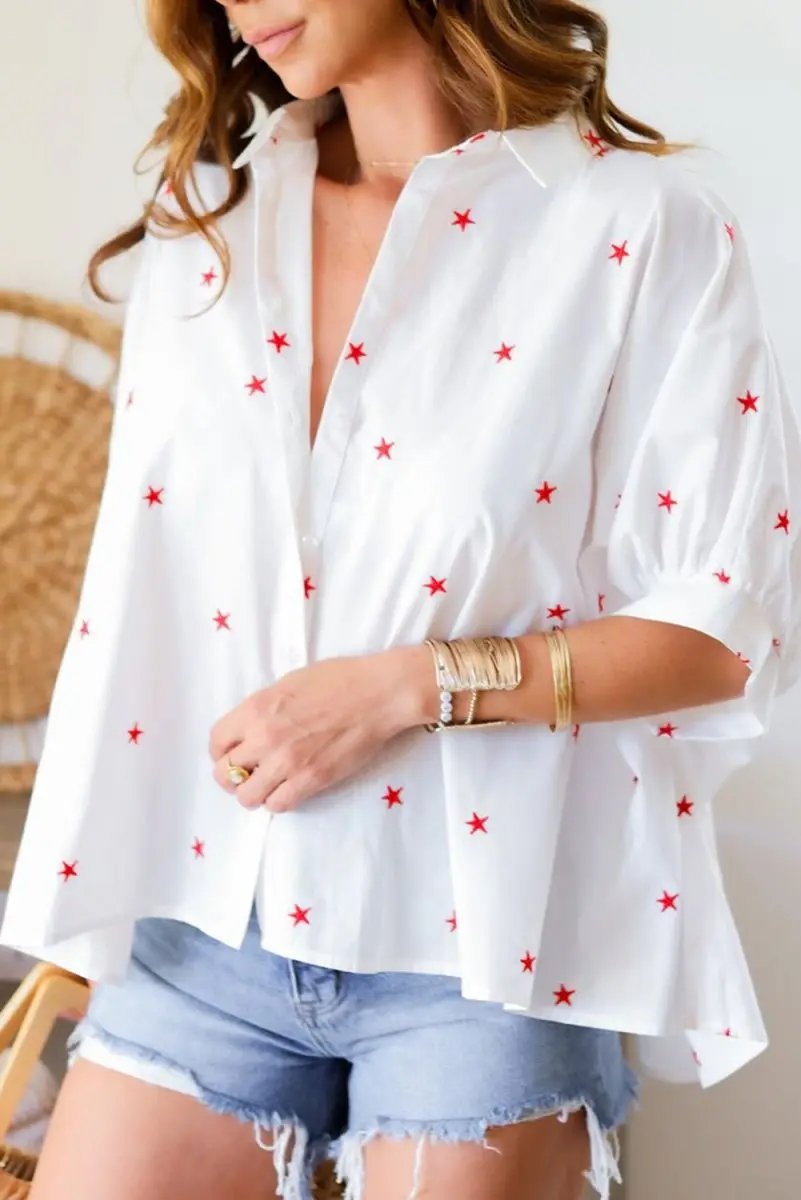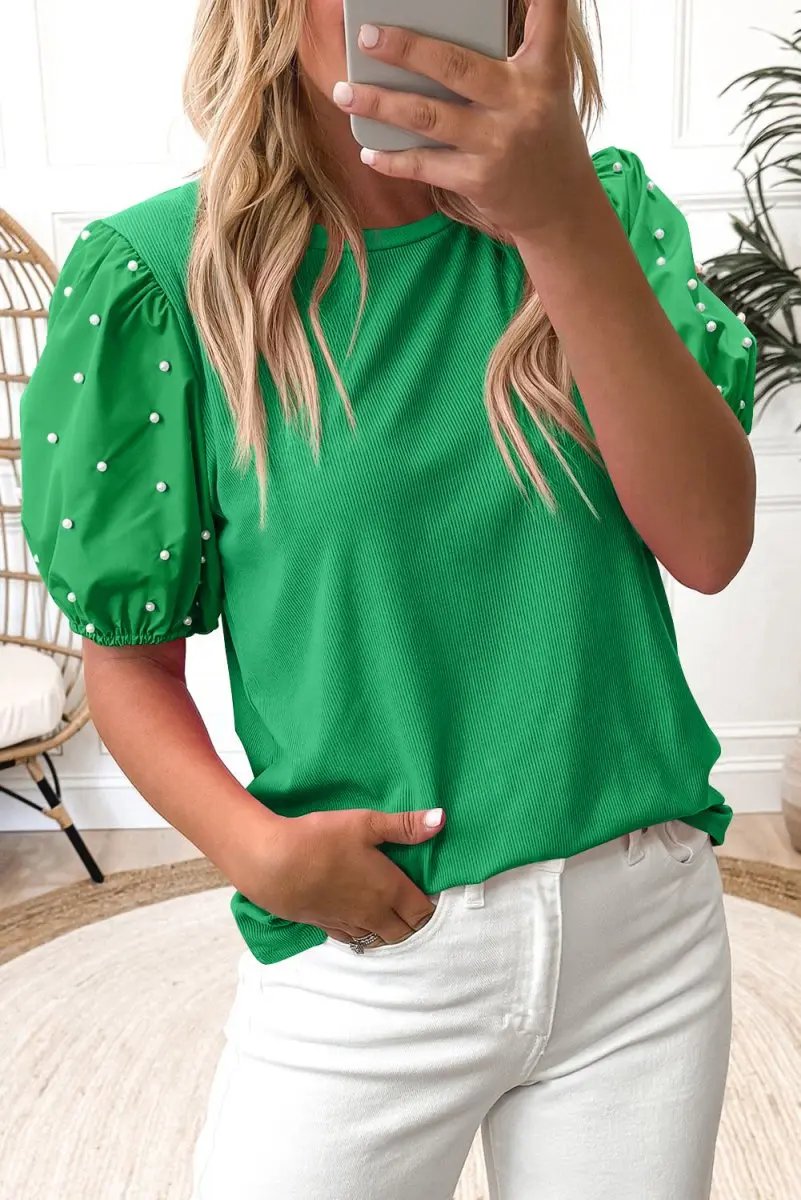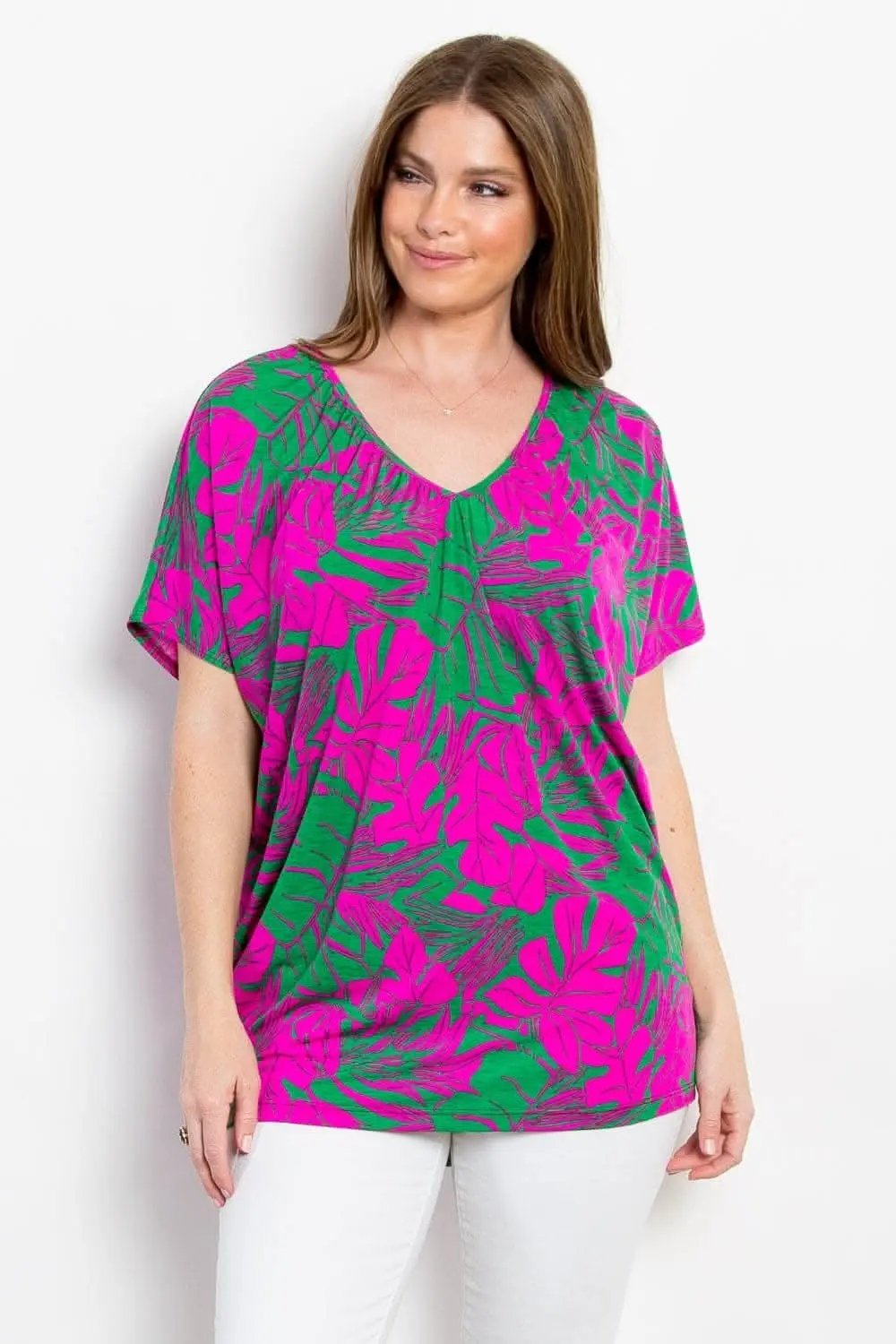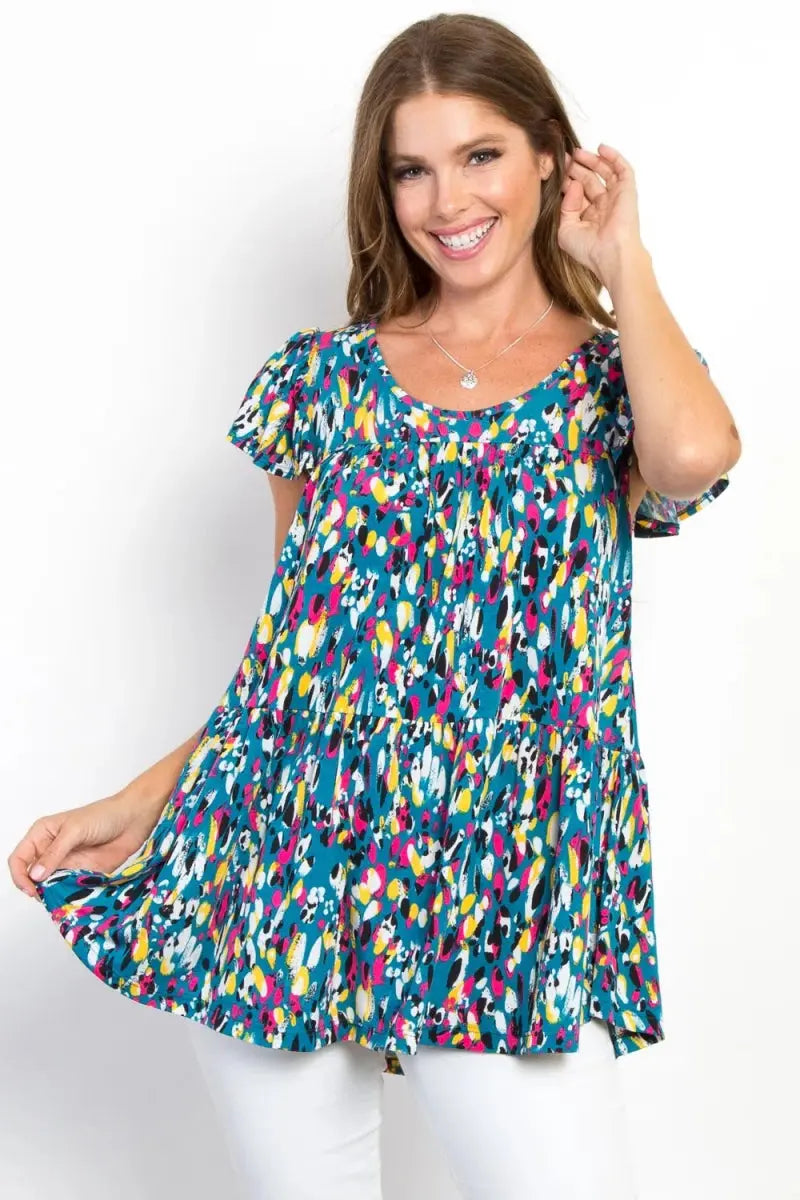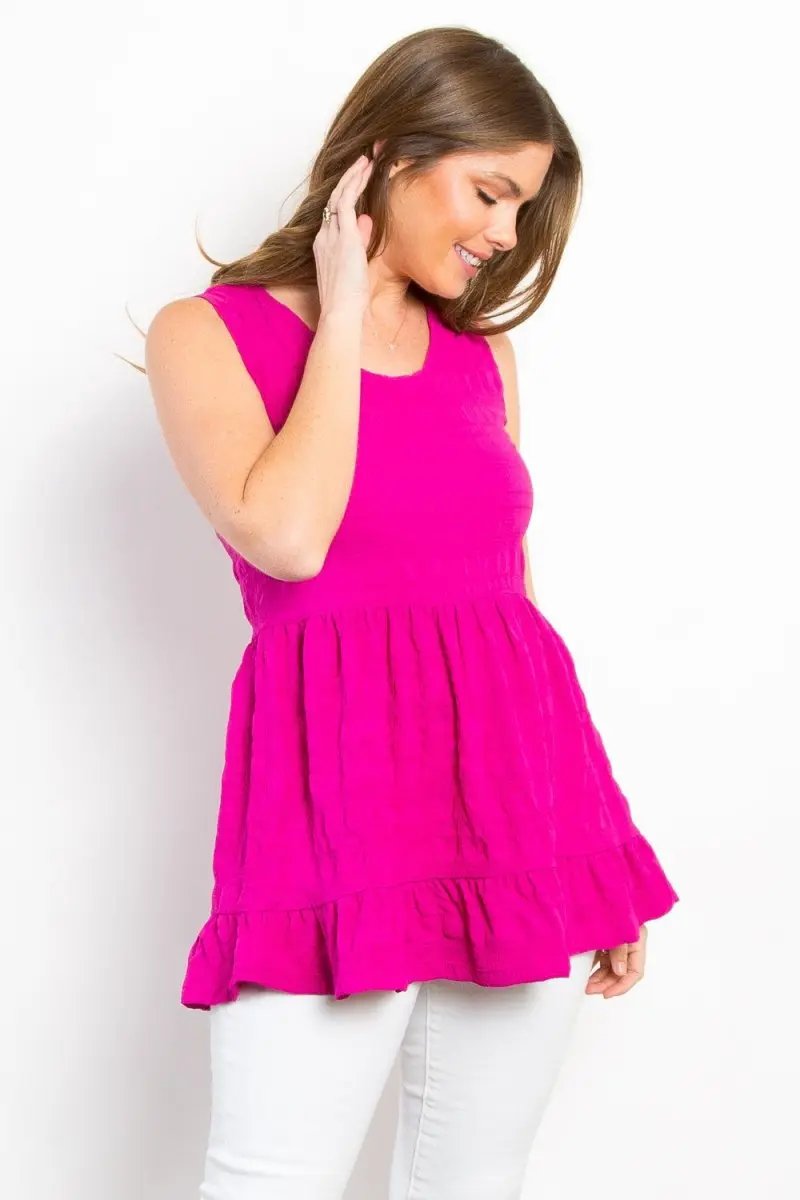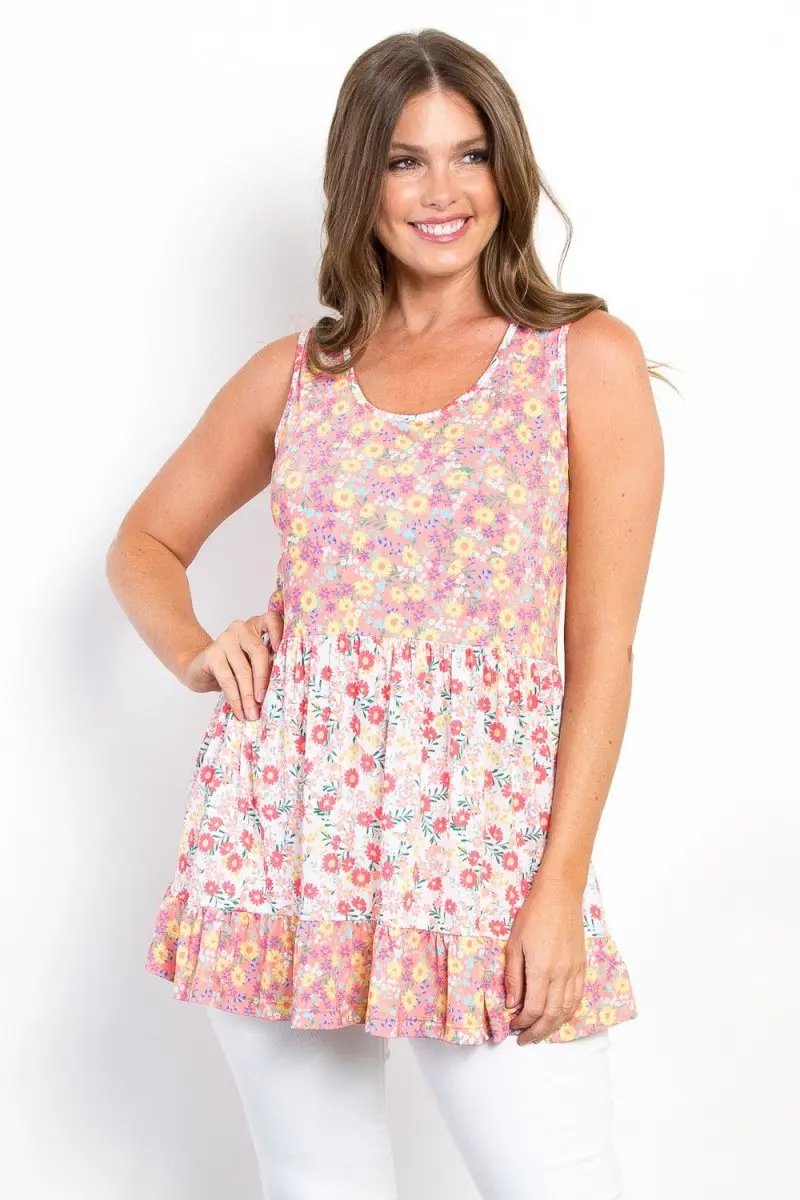Introduction: The Power of a Plus‑Size Capsule Wardrobe
Building a capsule wardrobe when you wear plus sizes is an empowering, practical, and sustainable choice. It removes decision fatigue, reduces wasteful shopping, and centers your daily life around pieces that truly fit and flatter. This blueprint expands on the basics with in‑depth, actionable guidance so you can edit, fill, and style a Flying Tomato inspired capsule that lasts through seasons and boosts everyday confidence in 2025 and beyond.
What Youll Find in This Comprehensive Guide
- Step‑by‑step closet audit and editing strategies for plus sizes
- Precise measurement and fit troubleshooting so you can shop with confidence
- A detailed, customizable capsule checklist with 30+ suggested items
- Fabric and sustainability primer to choose durable materials
- Styling formulas, outfit calendars, and a mix‑and‑match system to multiply looks
- Tailoring, repair, and care routines to extend garment life
- Buying, reselling, and recycling resources to close the loop
Step 1: The Audit — Start With Data, Not Emotion
Begin by pulling everything out of your closet and drawers. Lay items in categories: tops, bottoms, dresses, outerwear, intimates, accessories, and shoes. Photograph each item on a hanger or laid flat. Keep these photos — theyll help you see duplication and gaps.
Sorting Questions to Ask
- Does it fit now, comfortably, through the full range of motion?
- Have I worn it in the last 6 months? If climate or season limits wearing, consider the last year.
- Can it be styled with at least three other pieces I already own?
- Is it in good condition or easily repairable?
- Does it reflect who I am and how I want to feel?
Sort into: Keep, Mend/Alter, Donate/Sell, Recycle. Be honest. Keep should be pieces you reach for or plan to reach for after a small alteration.
Pro tip: Photograph Yourself Wearing Each Piece
Try everything on and take front, side, and back photos in natural light. Use these for future shopping decisions and to track how a piece looks with different shoes or belts. This visual archive helps you identify silhouettes that work and ones to avoid.
Step 2: Measure — The Foundation of Better Fit
Accurate measurements beat size numbers. Take measurements with a soft tape measure and a well‑fitting base layer. If possible, have a friend help for best accuracy.
Key Measurements to Take
- Chest/Bust: Measure around the fullest part of the bust.
- Underbust: Directly under the bust for bra sizing clarity.
- Waist: Natural waistline where you bend side to side.
- High Hip: 3–4 inches below the waist for skirt and pant fit.
- Full Hip: Around the fullest part of the hips and buttocks.
- Shoulder width: From shoulder bone to shoulder bone across the back.
- Sleeve length: From shoulder seam to wrist with arm slightly bent.
- Inseam: From crotch to desired hem point for pants.
Store these measurements in a note on your phone. Brands vary; use them to match product measurements rather than relying on size labels.
Step 3: Edit — Tailor, Repair, and Release
Editing is where your closet starts to feel lighter and more intentional. Focus energy on core items first: jackets, jeans, and dresses. Small changes yield big results.
What to Tailor and Why
- Take in side seams of blouses or dresses to define the waist.
- Shorten sleeves to visually balance arm proportions.
- Adjust pant waists or add elastic panels for comfort without losing silhouette.
- Hemming jeans or skirts to the perfect length instantly updates looks.
Tailoring costs vary by city, but simple alterations like hems or taking in a side seam are often under 30–50 USD in 2025. Consider local sewing co‑ops or community colleges for skilled, lower‑cost options.
Step 4: Fill — The Sustainable Flying Tomato Capsule List
After editing, create a wishlist focusing on gaps. This capsule is designed for versatility and sustainability. Adjust quantities for your lifestyle — remote workers may need fewer formal pieces, while professionals may want more blazers and trousers.
Core Wardrobe Starter: 30 Item Plan (Adjust to 25–40)
- Tops: 6–8 pieces
- 2 high‑quality neutral tees (organic cotton or Tencel)
- 2 layering tanks or camis
- 1 crisp button‑down shirt
- 2 casual blouses (one patterned, one solid)
- 1 elevated knit or polo
- Sweaters & Layers: 4 pieces
- 1 lightweight crew or V neck
- 1 chunky knit or cardigan
- 1 versatile blazer
- 1 utility jacket or denim jacket
- Bottoms: 6 pieces
- 1 dark straight or skinny jean
- 1 relaxed fit jean or wide leg
- 1 pair tailored trousers
- 1 pair comfortable leggings or ponte pants
- 1 midi skirt (wrap or A‑line)
- 1 casual shorts or culottes for warm climates
- Dresses & Occasion: 4 pieces
- 1 versatile wrap dress
- 1 casual day dress
- 1 statement dress for events
- 1 slip dress or versatile layering dress
- Outerwear & Cold Weather: 3 pieces
- 1 lightweight rain or windbreaker
- 1 warm coat (wool blend or insulated puffer)
- 1 accent jacket (leather or faux‑leather look)
- Shoes & Accessories: 4–7 pieces
- 1 comfortable sneakers
- 1 everyday flats or loafers
- 1 ankle boot
- 1 dress shoe or heeled boot
- Accessories: belt, crossbody bag, scarf, minimal jewelry
This plan gives you flexibility for multiple seasons. Flying Tomato frequently offers inclusive sizing and soft stretch fabrics; when they have pieces that match your measurements and fabric priorities, they can be great capsule staples.
Fabric & Sustainability Primer
Choosing the right fibers extends wear and reduces environmental impact. Below is a quick guide to common fibers and why they matter for plus sizes.
Natural Fibers
- Organic cotton: Breathable, durable, and often softer than conventional cotton. Great for tees and casual dresses.
- Linen: Cool and structured; tends to wrinkle but gives a breezy, flattering drape for summer garments.
- Wool: Warm and naturally odor resistant. Look for responsible wool certifications and blends for durability.
Regenerated & Engineered Fibers
- Tencel/Lyocell: Smooth, drapey, and breathable. Excellent for shirts, dresses, and flowing pants.
- Modal: Soft, good recovery, often used in tanks and loungewear.
Recycled & Performance Fibers
- Recycled polyester: Keeps garments in activewear and outerwear durable while reducing virgin plastic use.
- Ponte and stretch blends: Synthetic blends with elastane can provide comfortable recovery and structure which many plus‑size wearers appreciate.
Red Flags to Avoid
- Cheap, thin knits that pill or lose shape quickly
- Unspecified synthetic blends with low quality stretch
- Garments that are not machine washable yet are costly to dry clean regularly
Color Palette Strategy: Build a Cohesive Wardrobe
Limit your capsule to three neutrals and two accent shades. This practice maximizes combinations. Also choose neutrals that have the same temperature: cool (black, navy, charcoal) or warm (brown, warm cream, olive).
Example Palettes
- Cool Palette: Black, navy, dove gray + accent sapphire and berry
- Warm Palette: Charcoal, warm cream, olive + accent rust and mustard
- Soft Palette: Stone, soft white, muted blue + blush and sage
Styling Fundamentals: Proportion, Line, and Focus
Understanding a few styling rules makes the difference between a thrown‑together look and one that feels intentional.
Proportion Play
- Balance volume: Pair wide legs with a fitted top or a cropped jacket to define shape.
- Layer with purpose: Use one structured layer to create polish and one soft layer to add movement.
Line and Verticality
- Vertical seams, long cardigans, and open blazers elongate the body.
- Monochrome or tonal dressing creates a longer visual line.
Focal Points and Accessories
- Choose one focal point: statement necklace, bold shoe, or printed scarf.
- Belts are powerful for defining waist and changing proportions.
Outfit Formulas to Memorize
Having go‑to outfits reduces decision fatigue. Learn these formulas and adapt them to different pieces in your capsule.
- Everyday Errand: Tee + relaxed jeans + sneakers + crossbody
- Work Compact: Blouse + tailored trousers + blazer + loafers
- Polished Weekend: Button‑down + midi skirt + ankle boots
- Layered Day: Tank + button‑down + cardigan + jeans
- Effortless Night Out: Wrap dress + block heel + clutch
- Travel Uniform: Ponte leggings + long tee + denim jacket + sneakers
Mix‑and‑Match Math: How a Small Closet Creates Many Looks
Example: 8 tops x 6 bottoms x 2 jackets = 96 combos. Add accessories and shoes and the possibilities grow exponentially. The goal is deliberate overlap rather than variety for varietys sake.
Tailoring & Alterations: When and How to Invest
Tailoring can dramatically improve fit and extend the life of garments. Prioritize pieces you wear weekly.
Common Alterations for Plus Sizes
- Taking in side seams for shape
- Shortening sleeves or hems
- Adding elastic waist panels for comfort
- Adjusting darts on blouses and dresses
Ask for a mock fit before final stitching. A good tailor will pin and show you the expected result.
DIY Tailoring Basics
- Hemming knit pants with a twin needle preserves stretch
- Sewing a waist elastic into a skirt is a beginner project
- Use safety pins or basting stitches to test adjustments before permanent sewing
Bra and Undergarment Fit: The Invisible Foundation
Well fitting bras change how clothing sits. Get measured (every 6–12 months or after any body changes). Look for brands that offer extended sizes and wide band/strap options. Seamless shaping pieces can smooth lines, but choose breathable, comfortable options for daily wear.
Shoe Fit for Comfort and Style
- Measure width as well as length; many plus‑size feet need wider shoes or models with stretch.
- Consider cushioned insoles for all‑day wearability.
- Block heels and wedge soles often offer more stability than stilettos.
Care & Maintenance: Keep Your Capsule Working for Years
Caring for garments is both sustainable and economical. A few routines preserve shape, color, and structure.
Washing Guidelines
- Wash less: spot clean and air garments between wears when possible.
- Use cold water and gentle cycles for knit and delicate fabrics.
- Turn garments inside out to protect color and decoration.
- Use a delicates bag for lace, bras, and small items.
Drying & Storage
- Air dry sweaters flat to avoid stretching.
- Hang jackets and structured garments on wide, supportive hangers.
- Store off season items clean and folded in breathable fabric bags with cedar or lavender sachets.
Stain Removal Cheat Sheet
- Oil/grease: Blot, apply dish soap, let sit, rinse before washing.
- Red wine: Blot, pour salt or baking soda to absorb, pre‑treat with enzyme cleaner.
- Ink: Alcohol or hand sanitizer dabbed gently can lift fresh ink; test on seam first.
Repair & Upcycle
Patch holes with matching fabric, replace buttons with an intentional accent, or convert an oversized shirt into a shirtdress or tied top. Thrifted fabrics can be repurposed into scarves or linings.
Shopping Checklist: Buy Only What Belongs
- Matches your color palette and works with at least three pieces
- Fits or can be tailored reasonably
- Fabric and care align with your lifestyle
- Price reflects expected wear—divide cost by estimated wears to check value
- Brand transparency about sizing and materials when possible
Where to Shop Sustainably in 2025
Look for brands that publish sizing charts, responsible material sourcing, and repair policies. Flying Tomato is one accessible inclusive label to consider; complement purchases with smaller makers that focus on sustainable fibers. Use resale platforms like Poshmark, Depop, Thredup, and local consignment stores to buy or sell gently used pieces.
Resell, Donate, Recycle: Closing the Loop
- Resell gently used items on marketplace apps to recoup costs
- Donate wearable items to community organizations or clothing drives
- Recycle worn textiles through municipal programs or retailer takeback schemes where available
Seasonal Swaps & Capsule Refresh
Plan two capsule refreshes per year. Rotate 6–8 items seasonally rather than overhauling the whole closet. Introduce one statement piece per season to feel current while remaining sustainable.
Travel Capsule: Pack Light, Look Sharp
Create a travel capsule of 8–12 pieces for a 7–10 day trip: two bottoms, four tops, one dress, one blazer or jacket, two pairs of shoes, and versatile accessories. Choose wrinkle‑resistant fabrics like Tencel or ponte blends and plan outfits per day to avoid overpacking.
Style Assessment and Mood Boarding
- Create a digital mood board with 10 images that capture the look you want.
- Identify recurring elements: silhouettes, colors, textures, and accessories.
- Use this board when shopping to stay focused and consistent.
Practical Example: 4‑Week Outfit Calendar
Below is a sample schedule using a 30‑piece capsule. Swap similar items based on weather, occasion, and energy level.
- Week 1: Work focus — blazer outfits Mon–Fri, casual weekend looks
- Week 2: Casual week — knit sweaters and jeans, dress up for one night out
- Week 3: Mixed — layer tank + shirt combos, add skirt and boots for a polished look
- Week 4: Travel/off‑duty — leggings + long tees, one dress + blazer for dinners
Common Mistakes and How to Avoid Them
- Buying for aspirational moments rather than current lifestyle. Solution: prioritize daily wear pieces first.
- Ignoring fit in favor of size labels. Solution: rely on measurements and photos.
- Keeping damaged items out of guilt. Solution: repair when cost effective; otherwise recycle responsibly.
Frequently Asked Questions
- How many pieces is too many? There is no single right number. The aim is intention. Most find 25–35 pieces workable; adjust based on your life and climate.
- Can I include statement or trend items? Yes. Limit to 1–2 per season so you can enjoy trends without derailing the capsule logic.
- Is stretch fabric okay for plus sizes? Absolutely. Quality stretch with good recovery provides comfort and maintains silhouette.
- How often should I reassess my capsule? Do a mini audit each season and a full audit annually or after any major life change.
Final Checklist: 10 Things to Do This Weekend
- Empty your closet and photograph items
- Take or update body measurements
- Sort garments into keep, mend, donate, recycle
- Identify three pieces to tailor and book a tailor or sewing class
- Create a color palette and mood board
- List 3 missing core pieces and research sustainable options
- Schedule one clothing donation drop‑off or list items to resell
- Prep a travel capsule for an upcoming trip
- Set a reminder to reassess in three months
- Wear something that makes you feel confident today
Closing Thoughts: Confidence, Sustainability, and Joy
A thoughtfully built plus‑size capsule wardrobe is a long‑term investment in your daily confidence and the planet. By auditing honestly, filling thoughtfully with sustainable fabrics and brands like Flying Tomato when they meet your needs, and caring for garments intentionally, you create a closet that serves you. Start small, be patient with changes, and celebrate progress. Your capsule will grow more efficient, more personal, and more joyful over time.
Ready to make a meaningful change? Pick one action from the weekend checklist and take it today. Small, consistent steps are the blueprint for an everyday wardrobe that supports your life and your confidence.

